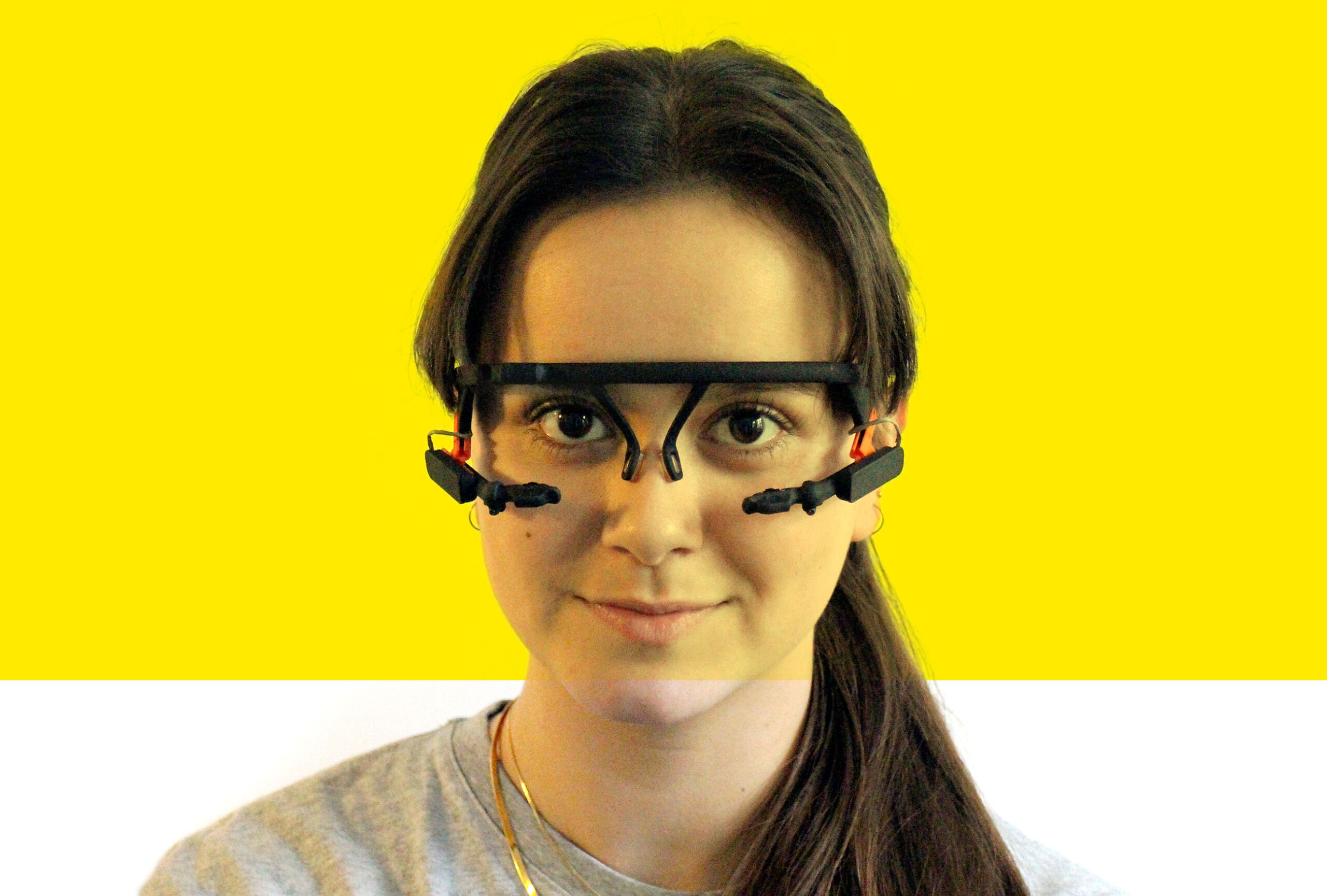In Typ, we validate fonts and ensure that they are suited for the situations in which they are to be used. This eliminates any possible financial risks or flaws to the branding strategy, which could be the consequence of implementing a new typeface that is not appropriate for the task.
We can examine whether a new font is more readable than the one that it replaces; whether the font weight or the letter width have an effect on reading performance, whether the reading might be disturbed by unusual letter details, or something else entirely.
The human perceptual system is surprisingly complex. Research shows that while reading the eye works differently depending on a series of factors, examples are the distance of reading, and whether the text in question is located in the central or peripheral visual fields. It can therefore be difficult to predict how a font will be read without testing it.
We use psychophysical test methods that originate in psychology and is an already well-established field of research. Psychophysics consists of a variety of methodologies that can be used to measure the relationship between the visual material (here the typeface) and perception.
The readability of a typeface will always vary depending on the reading situation. We therefore aim at using tests that reflect typical reading situations. We create experiments to meet the actual reading situation. Examples of these could be signs read at a distance; body text or smaller point size read at a short distance; and text that should be read in a short exposure. Our reading test is always set up based on whether the typeface should be read predominantly on print or screen.
We can also track the eyes movement while reading. This method is far more accurate for measuring reading performance than a classic reading speed measurement. An eye-tracking measurement can provide data on the time the subject fixates on the text, how long the saccades are between fixations and how often the subject has to correct the reading by shifting his or her gaze backwards in the text. Eye-tracking measurements are particularly suitable for fonts intended for use in longer pieces of text.


